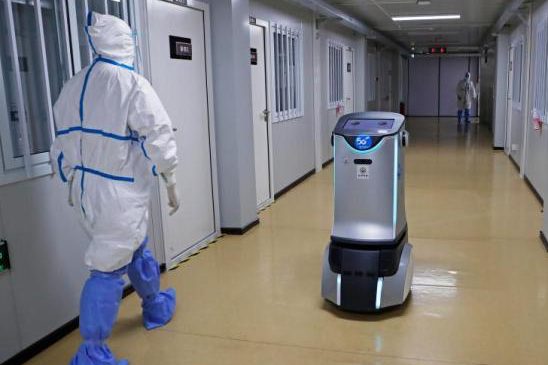December 8 According to the website of the National Health Commission, the National Health Commission recently issued the Notice on Strengthening the Establishment of Hot Clinics in Primary Medical and Health Institutions (hereinafter referred to as the Notice).
The notice requires the establishment of fever clinics in qualified township hospitals and community health service centers. The fever clinic shall strictly implement the first diagnosis responsibility system, and shall not refuse to consult or accept fever patients.
All patients who go to the fever clinic must register valid identity information or scan the “health code”. Primary medical institutions need to carry out nucleic acid testing and blood routine examination for all fever patients.
If they do not have the ability to detect, they need to provide testing services for fever patients through cooperation with other medical institutions or third-party testing institutions.
The Notice points out that according to the principle of “all-set-up, reasonable layout, qualified conditions and standard work”, combined with the prevention and control of infectious diseases in various places and the actual medical needs of the masses, fever clinics are set up in qualified township hospitals and community health service centers. All primary medical and health institutions should strictly implement pre-examination triage and realize the function of “sentinel point”.
The Notice requires that primary medical and health institutions should strictly implement the pre-examination and triage system and set up pre-examination and triage points in outpatient and emergency departments. All localities shall formulate triage standards and procedures, and the pre-examination and triage point shall inform fever patients with the instructions according to relevant standards, and be responsible for the guidance of fever patients and their accompanying personnel.
The Notice emphasizes that the fever clinic should strictly implement the first diagnosis responsibility system, and shall not refuse to consult or accept fever patients. All patients who go to the fever clinic must register valid identity information or scan the “health code”. Primary medical institutions need to carry out nucleic acid testing and blood routine examination for all fever patients.
If they do not have the ability to detect, they need to provide testing services for fever patients through cooperation with other medical institutions or third-party testing institutions.
At the same time, it is necessary to strengthen the early diagnosis of diseases and the screening of infectious diseases. For patients with infectious diseases who need centralized treatment, they should be transferred to designated hospitals for centralized treatment as soon as possible, and cases should be registered and reported in accordance with regulations. Patients with unclear diagnosis and infectious diseases cannot be excluded should also be reported in time, and isolation measures should be taken against patients. They shall not be allowed to transfer to or leave the hospital without authorization. For patients with severe high-risk factors or rapid progression of the disease, they need to be transferred to a qualified hospital for further treatment in time.
In addition, the Notice stipulates that the fever clinic should be located in a relatively independent area of the institution, with a physical isolation barrier from the ordinary door (emergency) clinic, so as to avoid the intersection of fever patients with other patients. The clinic should meet the requirements of “three districts and two channels” (pollution area, potential pollution area, clean area, patient channel, staff channel).
The consultation room should be well ventilated and independent air conditioning should be selected. There are obvious signs in prominent places such as the entrance and exit of the institution, guiding fever patients to the fever clinic. The fever clinic should be set up independent or temporary isolation observation (room) areas in combination with the actual situation.
Conditionally, it can be divided into waiting areas, treatment rooms, laboratory rooms, pharmacies, etc. Separate bathrooms should be set up for fever patients. The facilities and equipment shall meet the actual functions of the clinic, including office equipment, diagnosis and treatment equipment, protective equipment and disinfection equipment, etc.
The facilities and equipment shall be corrosion-resistant and convenient for disinfection. Protective equipment should have a certain reserve.
The Notice also stipulates that the infection prevention and control system should be improved, and the disinfection and isolation of fever clinics should be done well.
Medical personnel implement standard preventive measures, strengthen medical waste management, and strictly prevent the spread of infection in institutions.



